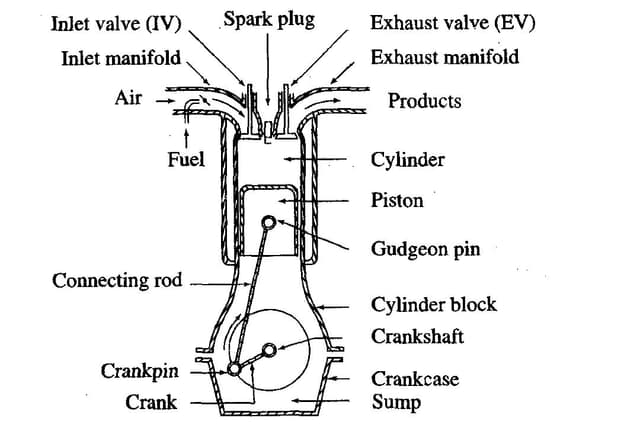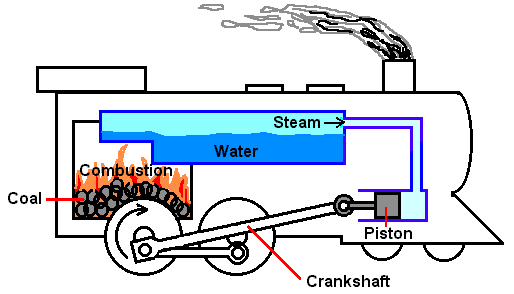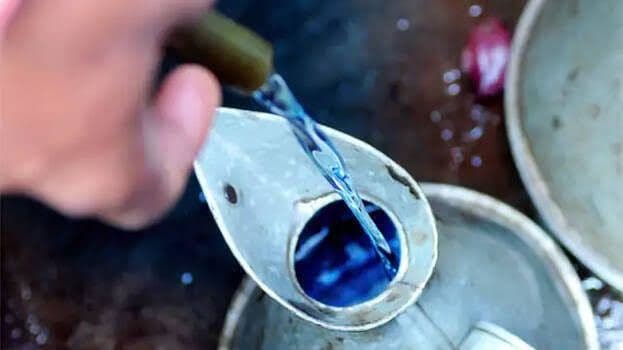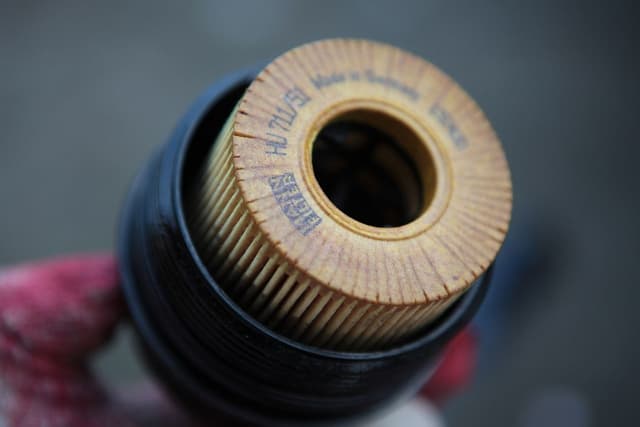Diesel particulate filter-DPF
Diesel particulate filter(DPF) greatly reduces the emission of soot particles, hydrocarbons and carbon monoxide. This system automatically burns away the soot particles trapped in the filter.

Bablu Yadav
Posted in Automobile Engineering
.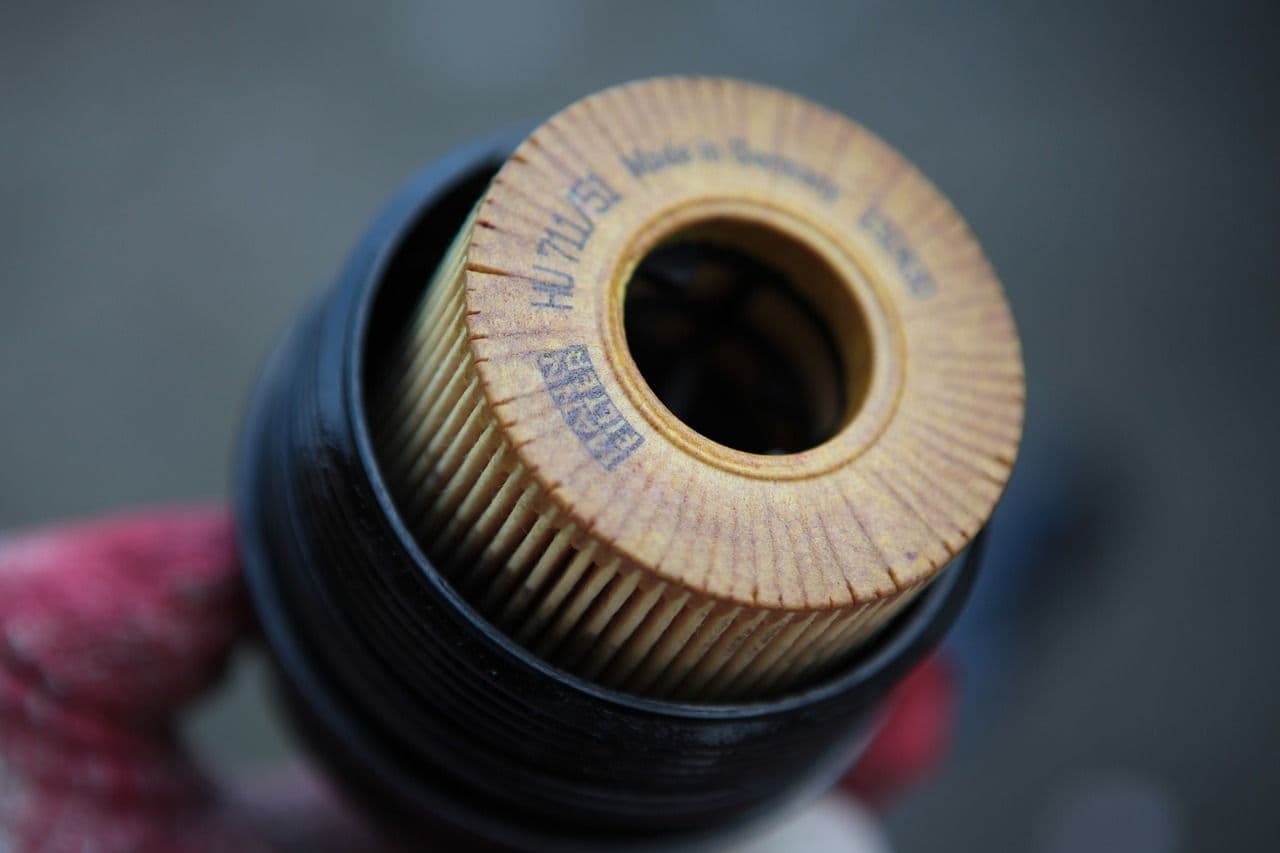
General
Sulphur-free fuel (less than 10 ppm = 0.001% sulphur) must be used for correct function. Fuel with higher sulphur content or mixing other fuels can quickly destroy the particulate filter.
Soot
The filter collects soot particles. A lot of particles in the filter means a higher exhaust back pressure, which in turn leads to slightly higher fuel consumption and the risk of unnecessary wear on the engine. To avoid this there is a system that removes soot particles by automatically burning them away. The combustion process is called active regeneration and consists of the combustion of the particles by means of heating the filter.
Ash
The filter also filters inorganic compounds (ash) from the exhaust gases that originate from additives in the engine oil. Ash cannot be burned up which is why regular service of the particulate filter is required. For maximum service intervals and optimum function, engine oil with good grade is recommended.
- Exhaust gases are still not healthy on trucks with particulate filters. Ensure good ventilation.
Soot particles in the particulate filter
Once the soot content becomes too high, a regeneration of the filter will be needed. High temperature in the particulate filter will burn away the soot. Regeneration is normally performed automatically, but can also be started manually when the vehicle is stationary.
- Your driving style affects how often regeneration or service of the particulate filter is required. For example, avoid prolonged running at idling speed.
Automatic regeneration of the particulate filter
An automatic regeneration will start if necessary. Regeneration is only performed during driving and when the load is sufficient to reach a high temperature. The idling speed will also increase slightly. The auxiliary brake is partially engaged to increase the temperature of the exhaust fumes, and the engine noise may therefore change. This is entirely natural.
Heat
Exhaust gas get very warm during regeneration. In certain driving conditions, such as at low speed, the temperature can get extremely high. Driving or stopping the truck in unsuitable locations, such as in a field or in the vicinity of flammable materials or gases must then be avoided.
CAUTION
- Avoid driving or stopping the truck in places with flammable materials when the symbol "High temperature in exhaust system" is shown.

